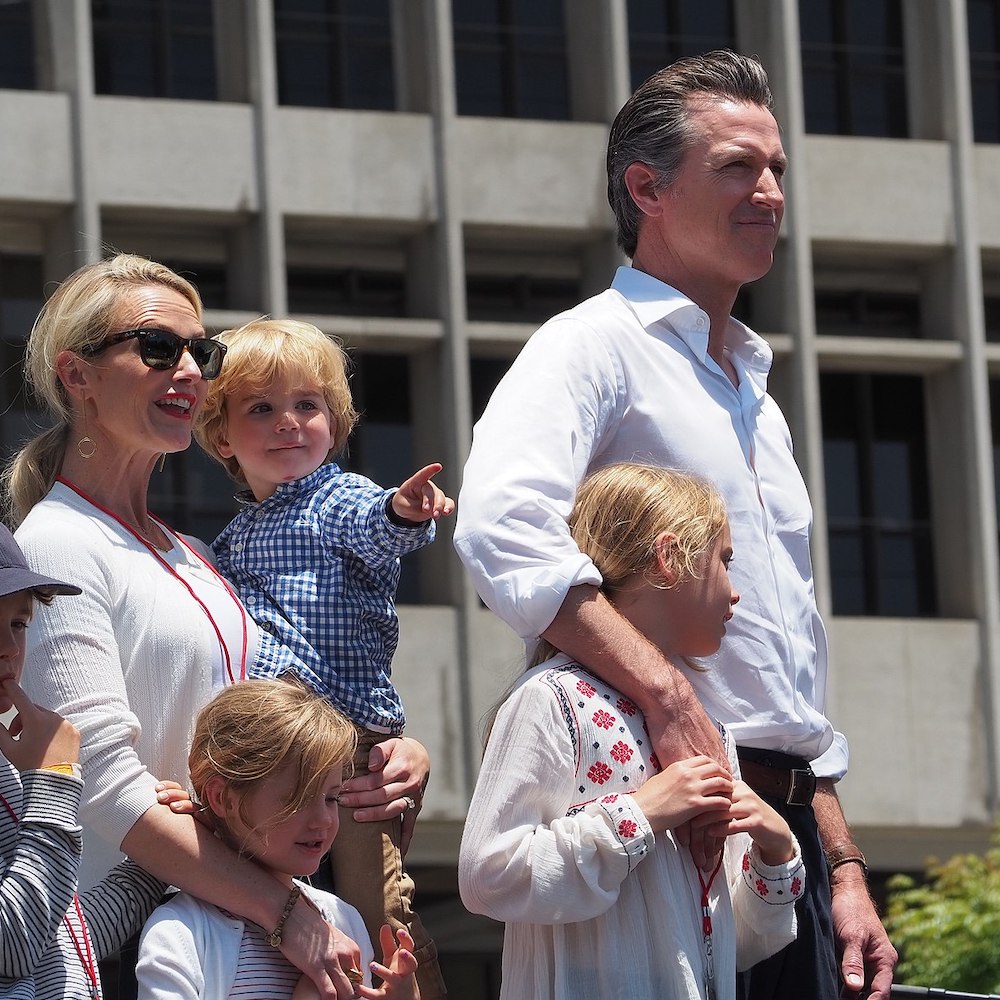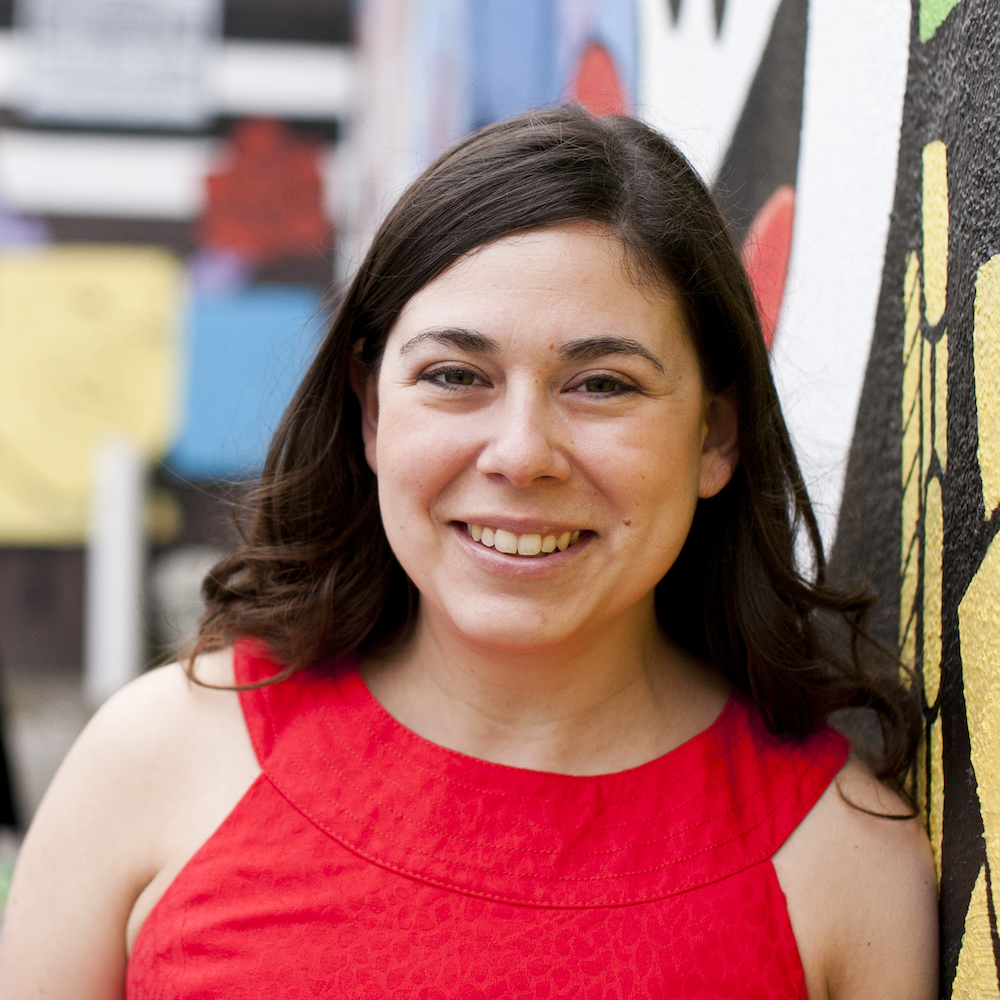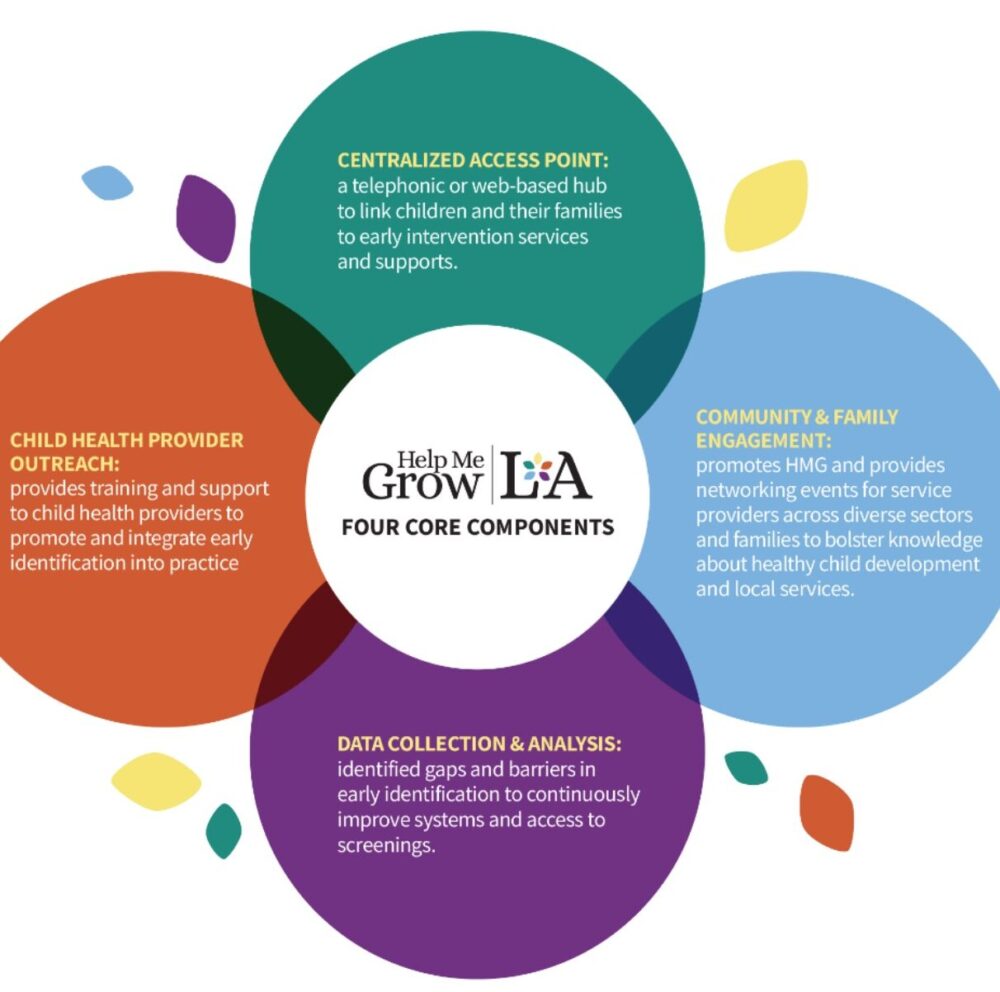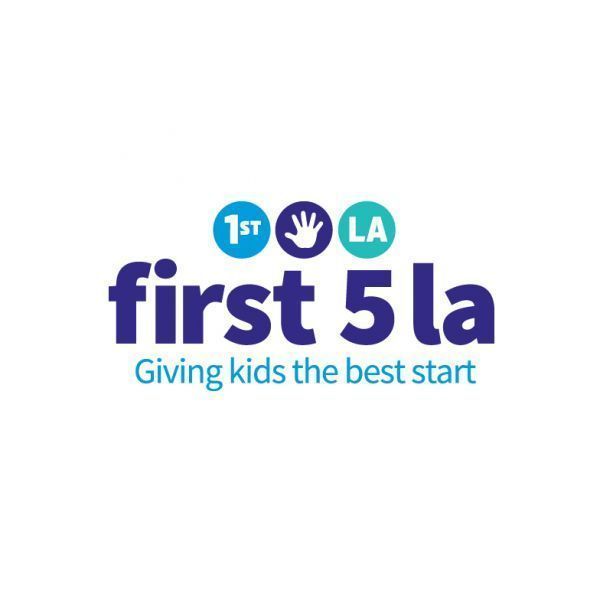January 28, 2021
Ten months and counting since the start of the COVID-19 pandemic, Governor Newsom faced a critical balancing act when it came to the fiscal year’s proposed budget: responding to the short-term needs created by the pandemic while keeping an eye on the longer-term structural investments needed to achieve the administration’s broader goals.
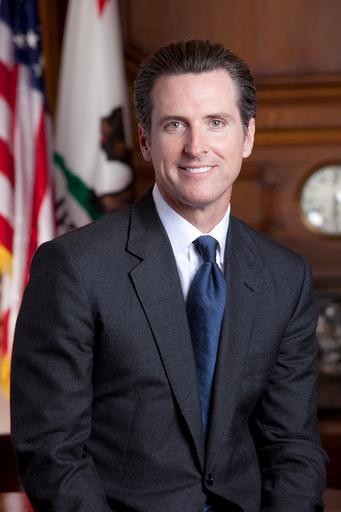 On January 8, 2021, Newsom’s plans for how this could look in the coming year were put into motion with the 2021-2022 proposed fiscal budget. Coming in at a total of $227 billion, the budget includes $34 billion in increased budgetary reserves and discretionary surpluses, including $15.6 billion for the Rainy Day Fund and $450 million in the Safety Net Reserve –– an unexpected surplus that was a result of a strong stock market, greater-than-expected tax revenue from the state’s highest-income residents, and lower-than-expected enrollment in state programs, particularly Medi-Cal. This put the 2021-2022 proposed fiscal budget at $5 billion greater than the governor’s 2020 January framework. Even after closing a $54 billion budget gap resulting from the COVID-19 pandemic and recession, the governor was left with a one-time “windfall” revenue of $15 billion to spend.
On January 8, 2021, Newsom’s plans for how this could look in the coming year were put into motion with the 2021-2022 proposed fiscal budget. Coming in at a total of $227 billion, the budget includes $34 billion in increased budgetary reserves and discretionary surpluses, including $15.6 billion for the Rainy Day Fund and $450 million in the Safety Net Reserve –– an unexpected surplus that was a result of a strong stock market, greater-than-expected tax revenue from the state’s highest-income residents, and lower-than-expected enrollment in state programs, particularly Medi-Cal. This put the 2021-2022 proposed fiscal budget at $5 billion greater than the governor’s 2020 January framework. Even after closing a $54 billion budget gap resulting from the COVID-19 pandemic and recession, the governor was left with a one-time “windfall” revenue of $15 billion to spend.
While California’s financial condition is much stronger than was anticipated at the start of the fiscal year, Newsom has cautioned that California’s financial situation remains in flux and could erode if the COVID-19-caused recession reaches the state’s wealthiest taxpayers or stock market gains slow. Still, without the anticipated budget cuts that were present in the 2020-2021 fiscal budget, Newsom’s proposed budget creates opportunities to strengthen systems that support the whole child and whole family when California needs it the most.
To help tame the pandemic itself and better protect the state’s most vulnerable workers and families in the short term, the budget proposes to spend $300 million on vaccine distribution, as well as a public awareness campaign to increase vaccine adoption. In the nearer term, the budget would spend $820 million from the General Fund on additional personal protective equipment, testing, contact tracing and hospital surge preparation.
To address the pandemic’s economic disruptions and immediate relief, Newsom has also called for a total of $3 billion in funding to support small businesses and low-income residents most impacted by the pandemic. This includes $2.4 billion in total funding for a new “Golden State Stimulus” program that would provide $600 in direct cash assistance, through tax refunds, to workers who received the California Earned Income Tax Credit (Cal EITC) in 2020 or 2021, including those filing with Individual Taxpayer Identification Numbers (ITINs); and $550 million for one-time small business and nonprofit grants.
Over the next fiscal year, the budget allocated significant spending towards structural investments. Notably, many First 5 LA strategic priorities were included in the proposal, such as early learning, early intervention and health equity. Overall, the budget proposal recognizes the need to support at-risk families and promote equity throughout the range of services and support that children and families interact with, particularly as the pandemic disproportionately impacts communities of color in Los Angeles County and throughout California.
Newsom has not included “trigger cuts” that go into effect if the state does not receive direct financial support from the federal government –– a mechanism state leaders utilized in the 2020 budget. Despite this, the Newsom administration is likely to continue its federal advocacy for both state and local funding and increased flexibility in how California can spend federal COVID-19 stimulus funding, particularly as the administration predicts structural deficits of $7.6 billion in 2022-2023 and $11 billion by 2024-2025. President Biden and members of Congress have said state and local funding must be a high priority for any future COVID-19 relief legislation, and with Democrats now controlling the federal government, the probability of additional stimulus has increased.
Absent further federal action, state budget deficits could threaten critical investments in essential services and supports for young children and their families in future years. As such, First 5 LA’s federal advocacy strategy will continue to focus on the need to prioritize both short- and long-term improvements in essential child- and family-serving infrastructures and systems, to meet the needs of families during the pandemic and beyond.
Key highlights of the 2021-2022 January Budget Proposal related to First 5 LA’s priorities include:
Children have high quality early care and education experiences before kindergarten
The governor’s budget proposal includes: 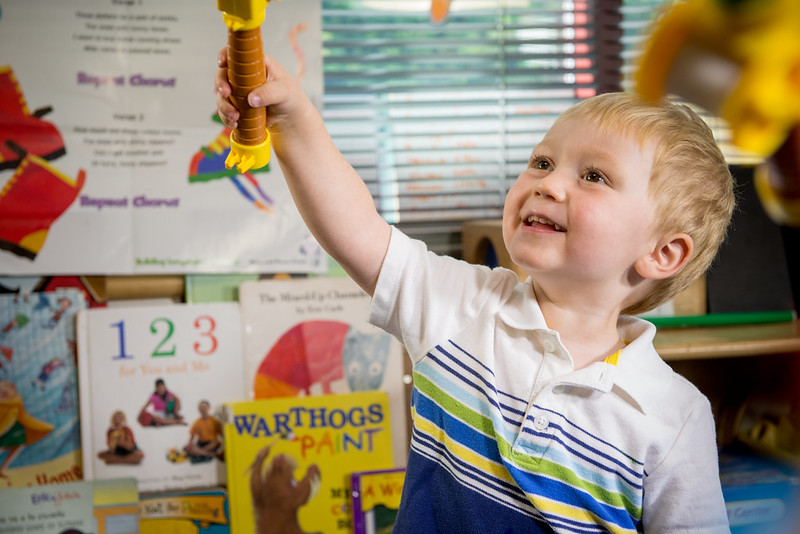
- A strong focus on expanding transitional kindergarten (TK) based on recommendations made in the Master Plan for Early Learning and Care. Proposed investments are a first step in achieving universal preschool for all 4-year-olds and all income-eligible 3-year-olds, which would directly impact children in communities First 5 LA serves.
- $250 million (one-time Proposition 98 General Fund and available over years) in incentive funds for school districts to expand transitional kindergarten programs. The funding would go to school districts to develop strategies for increasing TK opportunities for students as they simultaneously weather the pandemic and continue to conduct distance learning.
- $200 million (one-time General Fund) in infrastructure investments for the development or retrofitting of TK and kindergarten program facilities. This also continues to build on the governor’s commitment to increase all-day kindergarten programs.
- $50 million (one-time Proposition 98 General Fund) to fund professional development for TK and kindergarten teachers. With the increase in TK facilities, this funding would help teachers with training on how to best meet the needs of young children by focusing on issues such as dual language learners, inclusive classrooms and trauma-informed practices.
- Guidance on federal relief funds: California is set to receive $1 billion appropriated through the latest federal COVID-19 relief stimulus bill, the Coronavirus Response and Relief Supplemental Appropriation Act. The governor’s proposed budget features language from the 2020 Budget Act to help prioritize how the federal funds will be spent. This language aligns with the ECE Coalition’s current policy/budget priorities and is reflective of the needs First 5 LA continues to hear (about) from local providers and families.
- $55 million (one-time General Fund) to continue supporting the needs of families and providers impacted by the pandemic. Child care providers and families have experienced first-hand major challenges resulting from COVID-19. Providers have closed, either temporarily or permanently, due to the added challenges of providing a safe environment for children, even as families have relied on child care to continue or return to work. And while specific details on how this funding will be spent has yet to be decided, the financial assistance continues to be greatly needed.
- $21.5 million (Proposition 64 in 2020-21) and $44 million (ongoing) to fund 4,700 new child care spaces. The $21 million reflects updated cannabis tax revenues which, along with the ongoing funds, will slightly increase subsidized child care at a time when families continue to experience significant child care needs.
Children receive early developmental supports and services, and are safe from abuse, neglect, and other trauma
The governor’s budget proposal includes: 
- $94.8 million ($34 million General Fund) ongoing to expand and make permanent certain telehealth flexibilities for Medi-Cal providers authorized during COVID-19, and to add remote patient monitoring as a new covered benefit, effective July 1, 2021. The Department of Health Care Services will release a full telehealth proposal by February 1 that features additional detail on prioritized flexibilities. Telehealth can relieve patients from needing to secure transportation or take entire days off from work to visit a health care facility, significantly easing time and financial burdens low-income families face to receiving care and increasing access to vital developmental and preventative care for children.
- Restoring and expanding funding for preventative health care services, with a specific focus on screening for adverse childhood experiences (ACEs). With this proposal in mind, First 5 LA will continue to advocate for specific strategies that ensure children of color receive preventative care through Medi-Cal to close race-based disparities in the utilization of preventative health services. Children of color not receiving preventative services is a long-standing concern that negatively impacts health and development. Prioritizing care for adversity and ACEs has only become more important as families of color disproportionately face traumas resulting from the COVID-19 pandemic like the unexpected loss of loved ones, missed educational opportunities for children and greater economic instabilities.
- A total of $3.2 billion ($275.3 million General Fund, $717.8 million Proposition 56 Fund, and $2.2 billion federal funds) in 2021-22 for Proposition 56 programs. The final 2020 state budget called for most Proposition 56 programs to sunset effective July 1, 2021, but the governor is now proposing to delay this until July 1, 2022. Proposition 56 funding supports incentive payments for conducting development screens and screenings for ACEs.
- $5.3 million ($3.2 million General Fund) for the Department of Developmental Services (CDSS) to contract with family resource centers to implement a health navigator model statewide, including promotores. The navigator model would utilize parents of individuals in the regional center system to provide education on resources, advocacy, and mentorship to other parents of individuals being served by the regional center system. The purpose of navigators would be to increase service authorization and utilization in diverse communities, furthering health equity within the developmental services system. Promotores, who offer linguistic and culturally appropriate care, are particularly effective at connecting diverse communities to vital health and supportive services and, as such, can help close race-based disparities in health.
- $27.1 million General Fund in 2021-22 to delay the suspension of Medi-Cal postpartum extended eligibility by 12 months, to December 31, 2022. Expanded postpartum mental health services within Medi-Cal, first funded in the 2019 state budget and designed to increase access to care for individuals diagnosed with a maternal mental health condition, was otherwise set to expire at the end of this year. This extension is important for overcoming disparities in health, as African American mothers face much higher risks of developing maternal mental health disorders than do their white counterparts.
- $61.1 million ($42.7 million General Fund) to begin implementation of Part IV of the federal Family First Prevention Services Act (FFPSA). FFPSA prioritizes resources toward preventing the unnecessary removal of children from their families and sets out new criteria for non-foster home placement settings eligible for federal Title IV-E Foster Care maintenance payments, limiting funding for foster youth congregate care placements such as group homes.
Families optimize their child’s development
The governor’s January proposal includes: 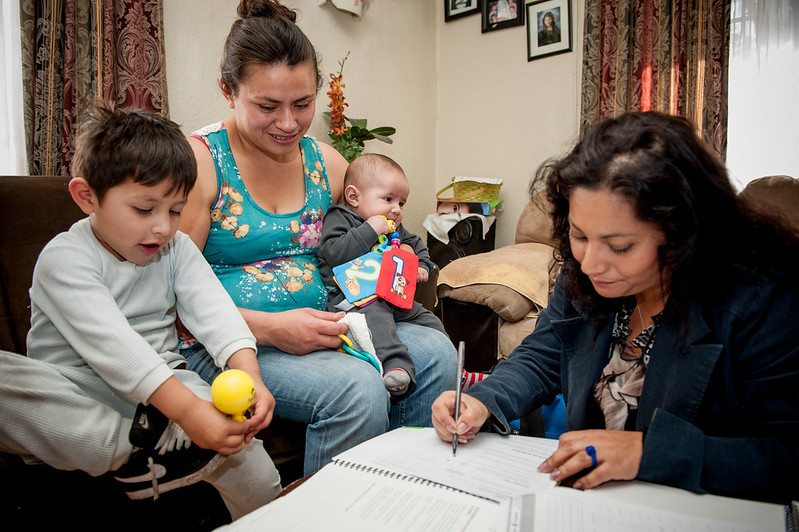
- Several items directly related to promoting health equity. Structural racism harms child health and well-being, as well as broader family stability. Children of color face higher rates of development delays but are also less likely to receive developmental screenings and early intervention services. The effects of structural racism and discrimination, particularly chronic exposure to racism, can be powerfully detrimental to the mental health of children as well. Supporting the whole child and whole family first necessitates a recognition of racism’s impacts on child development and physical and mental health, and efforts to promote health equity and close race-based disparities in care are central to First 5 LA’s advocacy and systems change efforts. Specifically, the governor’s budget proposal features:
- $4.1 million ($3.7 million General Fund) in 2021-22 and $2.1 million ($1.6 million General Fund) ongoing for the Health and Human Services Agency (CHHS) to further reorient the administration of its programs using data and the development of an equity dashboard;
- $1.7 million General Fund in 2021-22 and $154,000 General Fund in 2022-23 and ongoing for CHHS to conduct an analysis of the intersection of COVID-19, health disparities and health equity to help inform any future response;
- A commitment to focusing on health disparities and cultural and language competencies in health plan contractual language through Medi-Cal re-procurement; and
- A proposal to establish, through the Department of Managed Health Care in collaboration with other entities, a priority set of standard quality measures for full service and behavioral health plans, including quality and health equity benchmark standards, and to take enforcement actions against non‑compliant health plans.
- $300 million ongoing Proposition 98 General Fund for the Special Education Early Intervention Grant to increase the availability of evidence-based services for infants, toddlers, and preschoolers. An understanding that children prenatal to age 3 represent a special population — even within the cohort of children more broadly, due to the rapid pace of brain development during this period — is a key underpinning to whole child and whole family policymaking and advocacy. As such, this proposed funding for early intervention would help promote optimal child health and development because the earliest possible identification of and intervention for a developmental delay is crucial if a child is to overcome that delay.
- $1.1 billion ($531.9 million General Fund) in 2021-22, and $1.5 billion ($755.5 million General Fund) in 2023-24 to implement the California Advancing and Innovating Medi-Cal (CalAIM) reform effort. Due to budgetary constraints resulting from the COVID-19 pandemic, the administration last year delayed further implementation of CalAIM, which intends to more fully provide wraparound services for Medi-Cal beneficiaries and reduce disparities in health. First 5 LA has regularly provided feedback to the Departments of Health Care Services and Social Services that CalAIM must more significantly focus on the needs of young children and their families, and will continue to do so as implementation restarts.
- A 1.5 percent increase to the maximum level of CalWORKs cash grants effective October 1, 2021, which is estimated to cost $50.1 million in 2021-22. This higher level of aid would support family economic security, crucial for a family’s ability to thrive, especially as COVID-19 has disproportionately impacted those already at risk. Economic stability and empowerment are important components toward supporting the whole child and whole family as well.
- $11.2 million in 2021-22, $24.5 million in 2022-23, and $27.3 million in 2023-24 and ongoing from the Health Data and Planning Fund to establish the Office of Health Care Affordability. This new office would be charged with increasing transparency on cost and quality, strengthening health care workforce stability and training needs, reporting quality performance and equity metrics on the entire health care system, advancing payment models that reward high-quality, cost-efficient care, and promoting investments in primary care and behavioral health. As such, this proposal aligns with First 5 LA’s objectives around improving the quality and affordability of systems.
Priorities aligned with First 5 LA’s long-term systems outcomes, L.A. County regional priorities, and Best Start Community Change agendas
The governor’s January proposal includes: 
- $5 million in one-time funding to continue a Rapid Response Program at CDDS that supports community-based and nonprofit organizations addressing emergent needs of California immigrants when federal funds are not available. The budget also proposes $75 million the CDSS can disburse to nonprofits that support unaccompanied undocumented minors. First 5 LA opposed the now-adopted federal public charge rule changes, which have negatively impacted how immigrant families access needed supports at the local, state and federal levels of government.
- $60 million in increased funding for school nutrition, $10 million to provide training for school food service workers to promote healthier and more nutritious meals, and $10 million to continue the Farm to School Program that helps expand healthy food access in schools. While these funds are not specifically targeted toward early childhood settings, school districts are one of the largest providers of early childhood development programs and provide critical food access to families throughout L.A. County. Local school districts have also served as critical food distribution centers for students and families experiencing food insecurity, disproportionately families of color, as a result of the COVID-19 pandemic.
- $30 million in one-time funding for existing Emergency Food Assistance Program providers to support increased food purchases to address the potential impacts of proposed federal rule changes to CalFresh, the state’s Supplemental Nutrition Assistance Program (SNAP). First 5 LA continues to oppose the proposed federal rule changes to SNAP — which would serve to reduce food security for families in L.A. County and require additional state resources to protect food access — and continues advocating for increasing the eligibility threshold so that more families who need assistance can qualify for the program
- $1.75 billion to address a broader portfolio of housing support that intends to help end homelessness in California, including $750 million in funding toward continuing Project Homekey, a statewide effort to acquire hotels, motels, residential care facilities, and other housing that can be converted and rehabilitated to provide permanent housing for persons experiencing homelessness. An additional $2.6 billion in federal funds is proposed to support rental and utility assistance. Homelessness and housing affordability continue to be a critical priority for local communities First 5 LA partners with. Greater state and federal resources will help ensure that county and city leaders have the resources necessary to promote housing stability, especially for homeless or housing-insecure families.
- $16.2 million to continue residential environmental cleanup in response to the Exide Battery factory contamination. The state has provided $250 million for cleanup since 2015, and addressing environmental hazards is a priority of several Best Start communities.
Newsom’s January budget proposal is the first step in California’s budgetary development process, laying the groundwork for negotiations between the administration and lawmakers. Now, members of the Assembly and Senate Budget Committees, in consultation with stakeholders, will have the opportunity to hold hearings, share priorities and provide feedback on what the governor has outlined, culminating in a revised budget proposal in May. The May Revise will also reflect any updated revenue and/or policy forecasts as California continues to navigate the COVID-19 pandemic. The Legislature will submit its ultimate budget proposal in June, and following negotiations with the administration, the governor must sign the state’s finalized 2021-2022 budget by June 15. Both California and First 5 LA’s new fiscal years begin on July 1.
First 5 LA’s Office of Government Affairs and Public Policy, in partnership with our state advocates in Sacramento, California Strategies, the statewide network of First 5s, grantees, community leaders through Best Start and other advocacy partners, will work to influence the budget throughout the development process, advocating for organizational priorities and the needs of children and families in Los Angeles County.
